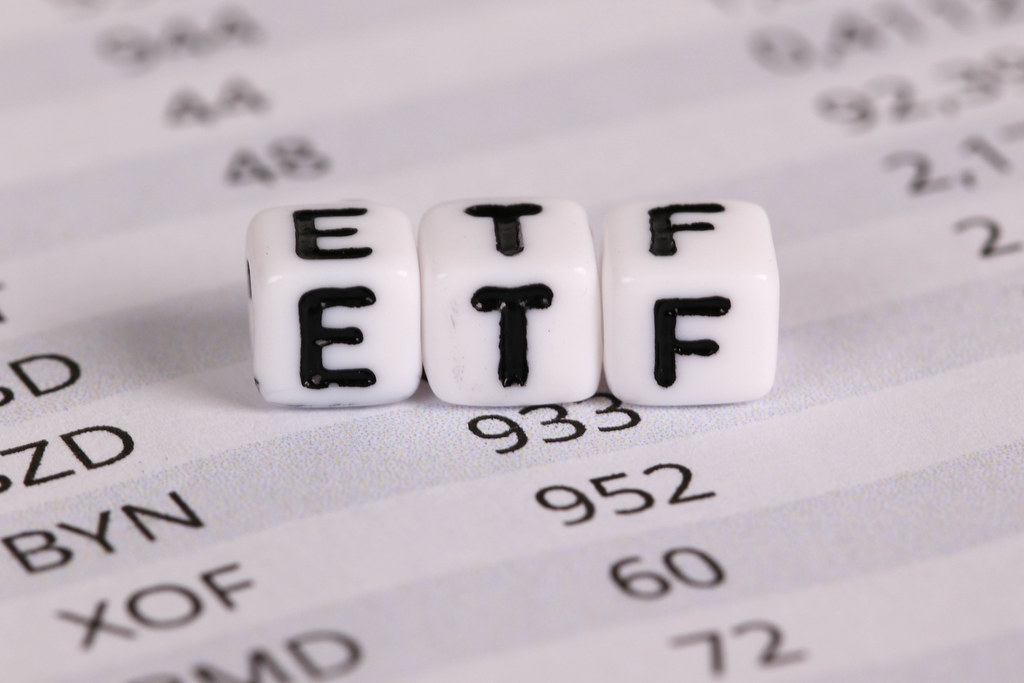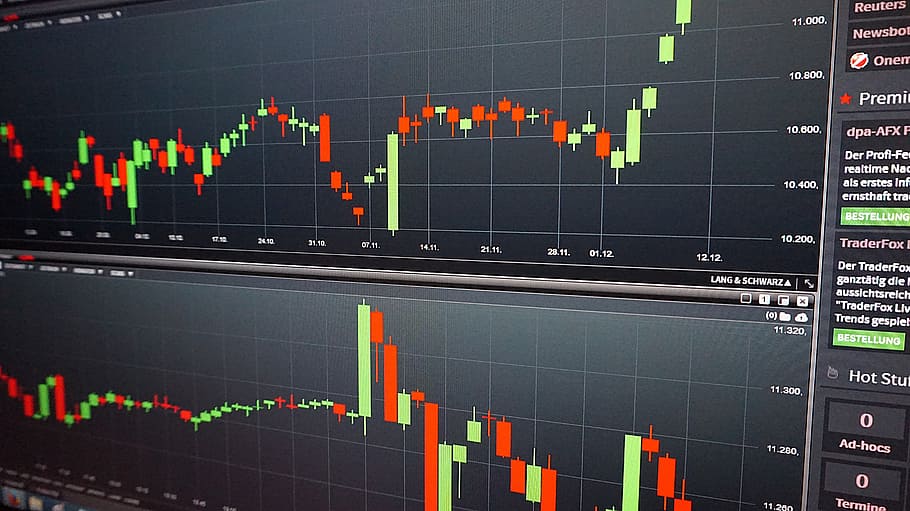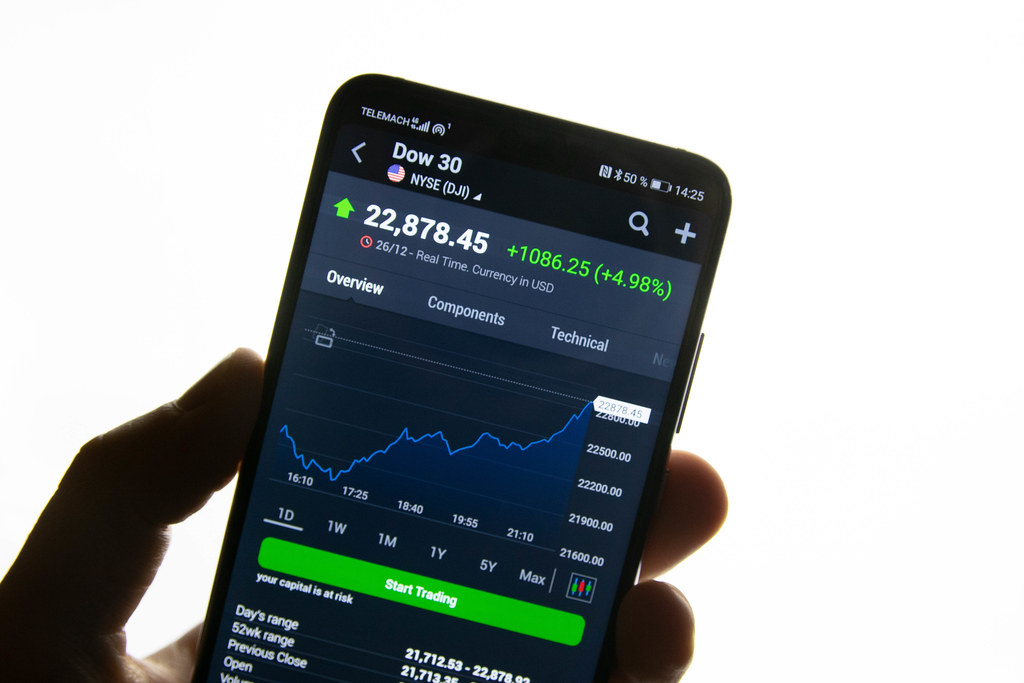ALB Limited 20.08.2022
Relative Strength Index (RSI)
If you're a forex trader, you've no doubt heard about the Relative Strength Index (RSI). But what is it, and how can you use it to improve your trading results? In this post, we'll explore what RSI is, and discuss some of the ways that you can use it to your advantage in the Forex market. Stay tuned!1. What is the Relative Strength Index (RSI)?
2. How can you use RSI to identify overbought and oversold conditions in the market?
3. What are some common strategies that traders use when trading based on RSI readings?
4. What are some of the risks associated with using RSI as a trading tool?
5. How can you improve your chances of success when trading with RSI indicators?
What is the Relative Strength Index (RSI)?
The Relative Strength Index, or RSI, is a momentum indicator that measures the speed and change of price movements. The RSI can be used to identify overbought and oversold conditions in the market, as well as potential reversals. The indicator is calculated using a 14-day timeframe and ranges from 0 to 100. A reading of 70 or above indicates an overbought market, while a reading of 30 or below indicates an oversold market.
How can you use RSI to identify overbought and oversold conditions in the market?
As we mentioned above, one of the primary uses of RSI is to identify potential reversals in the market. When the RSI reaches overbought levels (70 or above), it can be an indication that the market is due for a correction. Similarly, when the RSI reaches oversold levels (30 or below), it can be an indication that the market is due for a rebound.
What are some common strategies that traders use when trading based on RSI readings?
There are a number of different strategies that traders use when trading based on RSI readings. Some common strategies include buying when the RSI reading is oversold (below 30) and selling when the RSI reading is overbought (above 70). Another strategy is to look for divergences between the RSI and price action, as this can be an early indication of a potential reversal.
What are some of the risks associated with using RSI as a trading tool?
Like any other technical indicator, RSI is not perfect and there are a few risks associated with using it as a trading tool. One risk is that the RSI can give false signals in choppy markets. Another risk is that the indicator can lag behind price action, meaning that you might enter a trade after the market has already begun to move in the desired direction.
How can you improve your chances of success when trading with RSI indicators?
There are a few things that you can do to improve your chances of success when trading with RSI indicators. First, it's important to use RSI in conjunction with other technical indicators to confirm signals. Second, you can experiment with different timeframes and settings to find the ones that work best for you. Finally, remember to always practice risk management and never risk more than you can afford to lose.
Hopefully, this post has given you a better understanding of what the Relative Strength Index (RSI) is and how it can be used in Forex trading. Remember to always test any indicator or strategy before using it live, and never risk more than you can afford to lose. Good luck!














